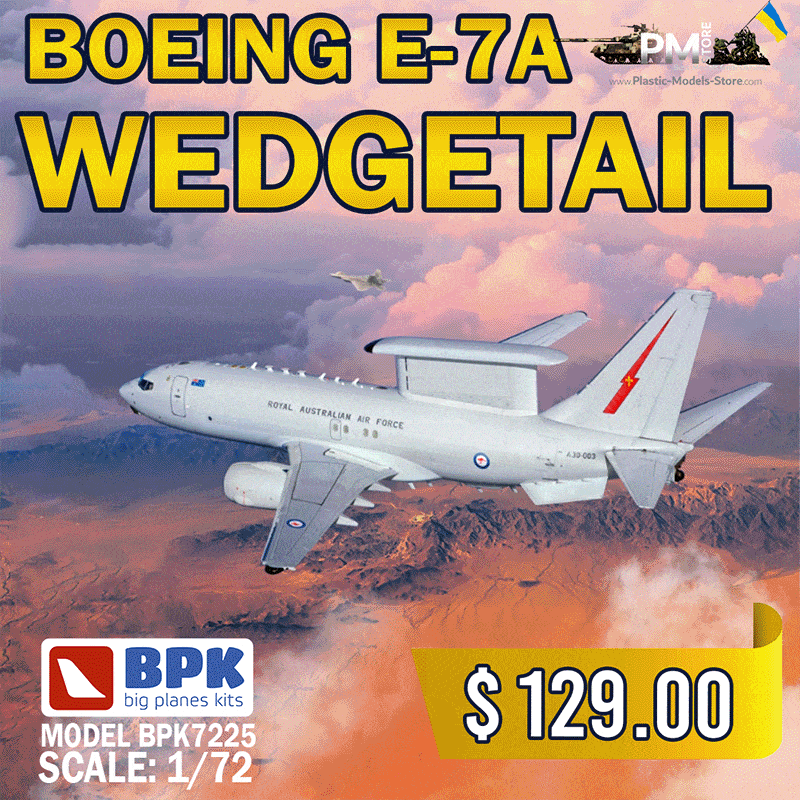What I very quickly decided on, was an M113 from a picture in Simon Dunstan’s classic book, Vietnam Tracks. Though I intended to closely replicate what’s in that photo, in the end I didn’t quite end up doing that because I misinterpreted some of the things I thought I saw in it. I’m still happy with how the whole thing came out, though.

These are most of the parts I scrounged from my M113 spares box for this build. Academy separate-link tracks, interior bits from a Tamiya kit and a bag of wheels from various kits, mainly Italeri plus drive sprockets and idlers from just about every mainstream M113 you could buy in the 1980s–90s — which is to say, all three of the above-named.

For the hull, I took an AFV Club M113 kit and measured its upper and lower hull sides and the glacis plate, drew their basic shapes in a graphics programme on my computer, and printed them out on a sheet of paper.

Next, I cut out these paper templates a bit larger than the print-out and pasted them to plastic card of thicknesses corresponding (within reason) to the scale thickness of the hull plates, and then cut the plastic card along the printed lines.
The floor and nose plates, sponson floors, rear plates, etc. didn’t need templates, as they’re mostly simple rectangles that made them easy enough to cut based on measurements taken from the AFV Club hull.

After glueing the hull sides together, using a bit of aluminium sheet to securely attach the upper side to the sponson floor, I glued Italeri wheels to the lower hull. They’re inside-out because this way, the better-detailed outer face will be visible on the finished model. (To be honest, the Italeri wheels are pretty poor, but given how little of them will actually be visible I used them anyway.) The rear mudguards are Academy.
The suspension arms you can just see on a few of those wheels are from the AFV Club kit, as that has some spares — which is why some of the wheels are high up enough on the hull that the arm won’t be visible at all.
After this, I added the Academy tracks, but only where they would actually be visible. No point in having them over the tops of the wheels where they would be forever out of sight.

On the inside of the hull, I added a whole bunch of detail of the kind that’s usually missing in plastic kits. Most of this is bits of plastic card, strip and rod, plus a few kit parts. The tie-downs are all made from two little discs made with a punch-and-die set which then had a short bit of plastic rod glued over them. The torsion bars are brass rod.
The only kit parts here are a Tamiya .50-calibre gun barrel from their US Infantry Weapon Set and a flashlight that, if I’m not mistaken, comes from an Academy M113 kit.

The floor and nose plate added together, plus a destroyed interior: the ribs were made from plastic strip, the torsion bars are brass rod again, while the engine is Tamiya with a bunch of details added.
This, by the way, is where I started going wrong in my interpretation of the original photo, because on the real wreck, the whole engine had actually been thrown clear of the hull.

The glacis plate, with details mainly from my M113 spares box, plus some plastic strip and punched bolt heads.

After adding more details and hull parts, I sprayed everything with white primer from an aerosol can. The skirting plates and the part of the rear ramp visible at the top are Tamiya, as is the radiator but the housing it’s on is aluminium sheet because I wanted to show it squashed so I couldn’t use the kit part for that.

After putting some tape along the edges, I sprayed the outsides olive drab, then went on to paint the tracks, tyres, etc.

Painting the inside, I aimed to make the engine compartment a lot dirtier than the crew area.
(By the way, this being an early M113, white is the correct colour for the interior, not pale green.)


Because the real vehicle had exploded and probably burned out, I then sprayed much of the interior black with random blotches of dark grey where I figure the fuel would have pooled and burned.

Of course, to hold a blown-up vehicle, I also had to make a base. This is a simple square of MDF with some edging around it, and (though it’s not really apparent from above) a slightly raised area at lower left where there’s a road in the original photo. I then just put wall filler over it, added some texture, and painted it before glueing static grass on. The debris is some kit parts like machine-gun ammo boxes, but also random scraps of plastic card, aluminium foil, metal wire and rod, and more.

Next, of course, I glued the hull halves and floor to the base and also sprayed burn marks on there, in the same way as before: simple matt black with some random dark grey bits.

After adding some more bits, such as the partial back door at the edge of the base, the radiator, a Tamiya trim vane (and decal) on the hull front, and a helmet shell, I felt the model was finished.































